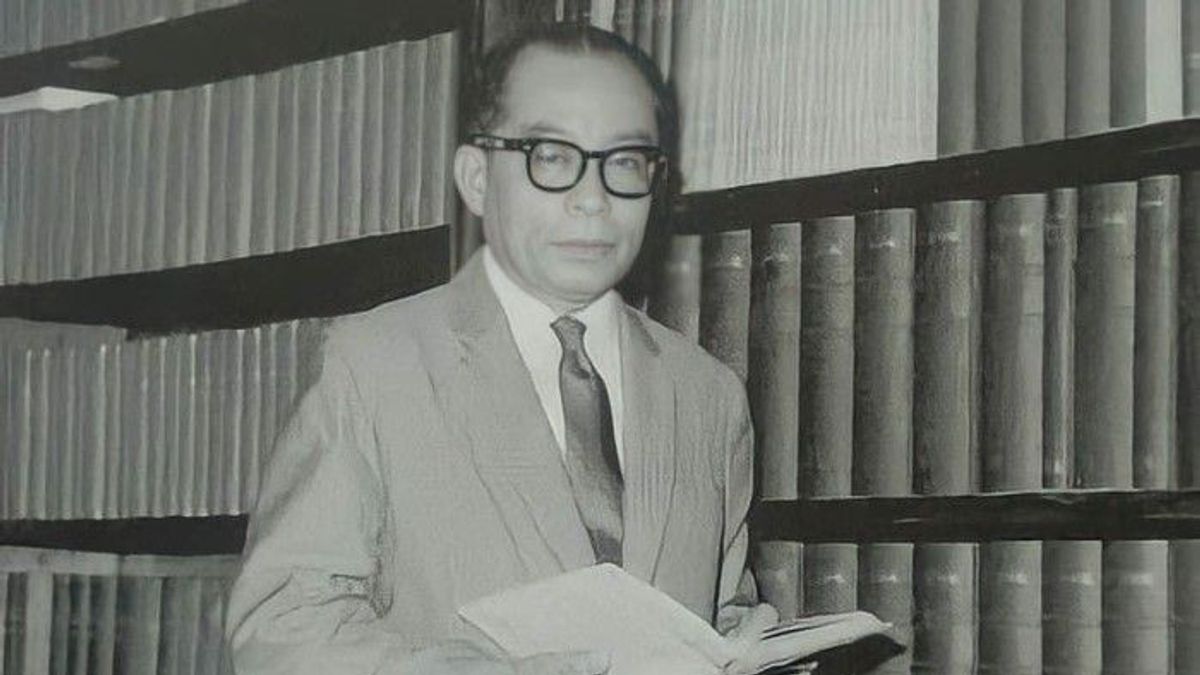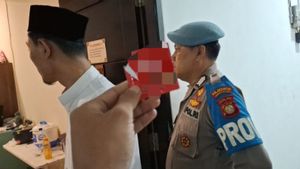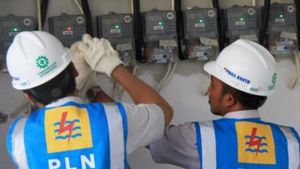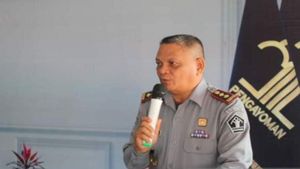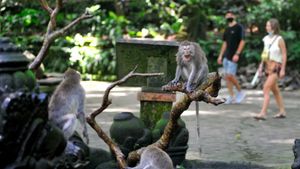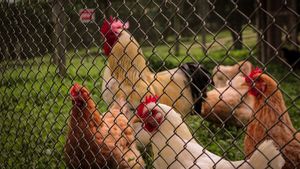JAKARTA – Today's history, 90 years ago, July 20, 1932, Mohammad Hatta or Bung Hatta sailed to the Netherlands via Rotterdam. His return to the Dutch East Indies (now: Indonesia) became the most decisive moment in the nation's history.
Bung Hatta emerged as one of the fighters of his people to escape the shackles of colonialism. Moreover, Bung Hatta came home with a big gift: a book. There were 16 chests of books he was carrying. It was these books that accompanied Bung Hatta in educating the nation's children in exile.
Bung Hatta's closeness to books is unquestionable. He has known books since childhood. Bung Hatta often spent his time reading books. However, Hatta's hobby of reading grew even more when he continued his education to Batavia in 1919. The Prins Hendrik School of Trade became his choice.
At that time, Bung Hatta began to collect many books. He felt that by reading books no time was wasted. In fact, Hatta prefers to spend time reading books, rather than having fun.

For him, each book opens a lot of horizons in thinking. Even because of the book Bung Hatta's desire to fight to break free from the shackles of colonialism for his people is getting worse. The book made him learn many valuable lessons to fight for independence. This attitude grew stronger when Hatta was continuing his education in the Netherlands in 1922.
Bung Hatta's closeness to books also led him to be active in the movement. His gait in the movement is quite brilliant. He was one of the people to be reckoned with. It all boils down to Hatta's shrewdness in colliding ideas.
"Hatta's maturity grew when he studied in the Netherlands from 1921 to 1932. He studied diligently at the Handels Hogeschool (Sekolah Tinggi Commerce, then Economische Hogeschool, College of Economics) in Rotterdam, but he was not merely a geek student."
“He was also active in the Indische Vereniging organization (Indies Association, later changed to the Indonesian Association), which started as a social organization, but then gradually became a political organization, especially with the influence of Ki Hajar Dewantara, Douwes Dekker, and Tjipto Mangoenkoesoemo in 1913 when they were not allowed to do so. moved in Indonesia, and therefore was forced to go to the Netherlands,” said Deliar Noer in the book Mohammad Hatta: Heart of the Nation's Conscience (2012).
In the Netherlands, Bung Hatta often added books to his collection. He collected them one by one. Therefore, reading is the third important activity, after lectures and being active in the movement. These books heated up Hatta's spirit to immediately fight in his homeland.
The time has come. Bung Hatta left Rotterdam on July 20, 1932. Bung Hatta's return to the Dutch East Indies was not alone. He was accompanied by 16 iron chests containing books from Bung Hatta's collection. He then carried the book everywhere. In fact, even to exile to educate the children of other nations.

“The story is around 1932. Bung Hatta had just arrived in Batavia from the Netherlands after sailing from Rotterdam on July 20, 1932. He first met the two brothers Djohan Soetan Soeleman and Djohor Soetan Perpatih at their shop in Pasar Senen, when he was about to pick up his books. at the port of Tanjung Priok. Due to the large number of books, 16 iron chests, he was forced to ask for help to transport them in a truck belonging to Djohan Djohor.”
“Bung Hatta called both Djohan and Djohor 'Mak Etek', which has the same meaning as 'Macik' or 'Oom'. He stayed temporarily at JI. Defensielijn van den Bosch, probably JI. Bungur Besar is now at the house of Mak Etek Ayub Rais, who also works for Djohan Djohor, specifically dealing with imports," concluded P. Swantoro in the book From Book to Book: Connect Connecting to One (2002).
Bung Hatta's return to the Dutch East Indies is a historical record today, July 20, 1932.
The English, Chinese, Japanese, Arabic, and French versions are automatically generated by the AI. So there may still be inaccuracies in translating, please always see Indonesian as our main language. (system supported by DigitalSiber.id)
